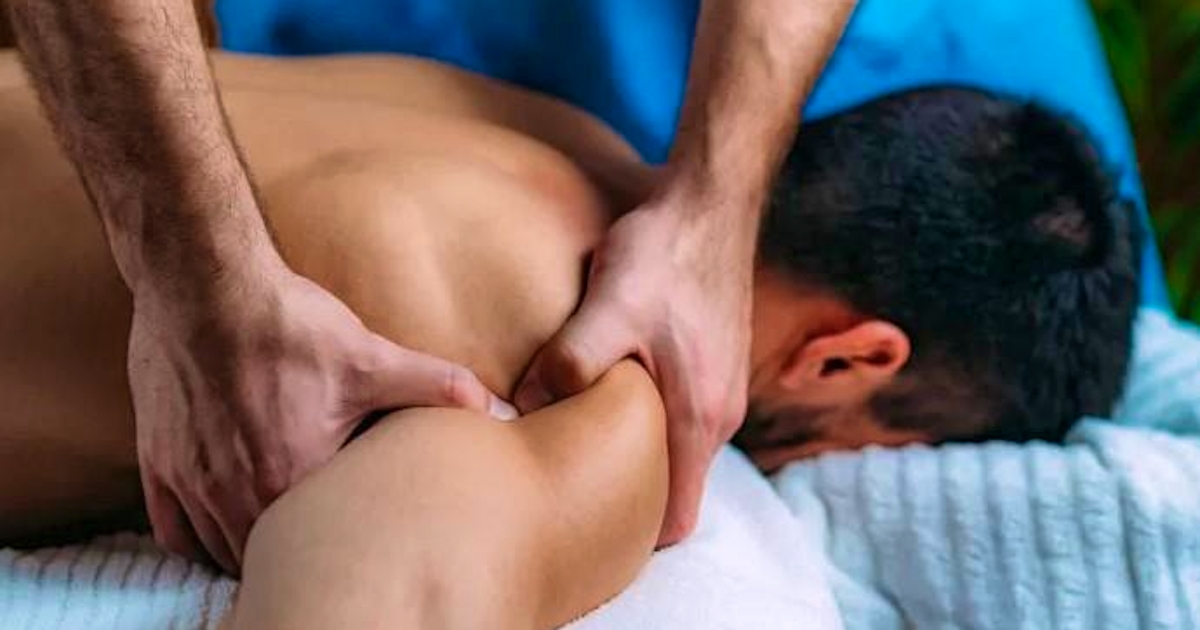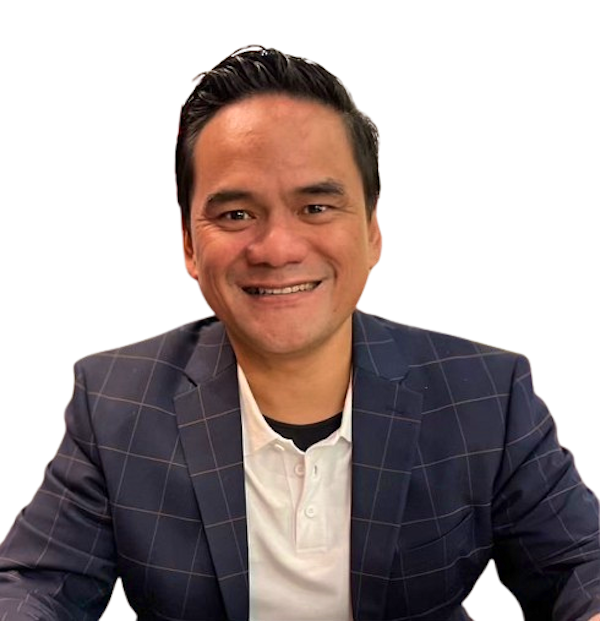
Remedial massage therapy plays an important role in injury prevention, pain reduction and improved overall performance and functionality when used in conjunction with Chiropractic or on its own.
“Massage therapy may be able to reduce pain and improve health - ”
Remedial massage therapists like Zaid utilise a number of techniques to manipulate soft tissues including massage, trigger point therapy, muscle energy techniques and stretches. Muscles often radiate pain to other parts of the body in a specific pattern which allows the therapist to identify and treat the cause of the pain as well as accompanying symptoms. Receiving remedial massage therapy in conjunction with your chiropractic appointments can help you manage your musculoskeletal ailments, improve posture, reduce pain and increase functionality.
There are a number of musculoskeletal ailments that may benefit from remedial massage therapy. You may consider remedial massage therapy if you have:
Having poor posture puts extra strain on the muscles which support the neck and back. This causes certain muscles to over-work and results in muscle spasms and neck and back pain. Massage therapy loosens the overworked muscle and allows your body to relax to its pain free and natural alignment.
Blood circulation brings damaged muscles the oxygen they need to heal. Remedial massage facilitates blood circulation by moving blood through the congested areas therefore to improve healing and reduce the delayed onset muscle soreness after physical activity.
Studies have suggested that remedial massage may help reducing the intensity and frequency of headaches [1]. This may due to the effect of a relaxation head massage has on the muscles in the neck.
Massage increases range of movement by increasing tissue elasticity, reducing swelling, decreasing pain and removing waste products from the muscles. Remedial massage aims to restore normal length and flexibility to muscles, allowing the joints they attach around to become more mobile.
Here are Lakeside Chiropractic, our remedial massage therapist Zaid works alongside our chiropractors to provide you with longer-lasting results. Zaid has appointments available ranging from 30 minutes to 2 hours. He is registered with all health care providers which means you can claim your money straight back through the HICAPS machine on site.
If you have any further questions or would like to book an appointment with our remedial massage therapist Zaid, give us a call on 9300 0095 or head to our website to book at www.lakesidechiro.com.au.
